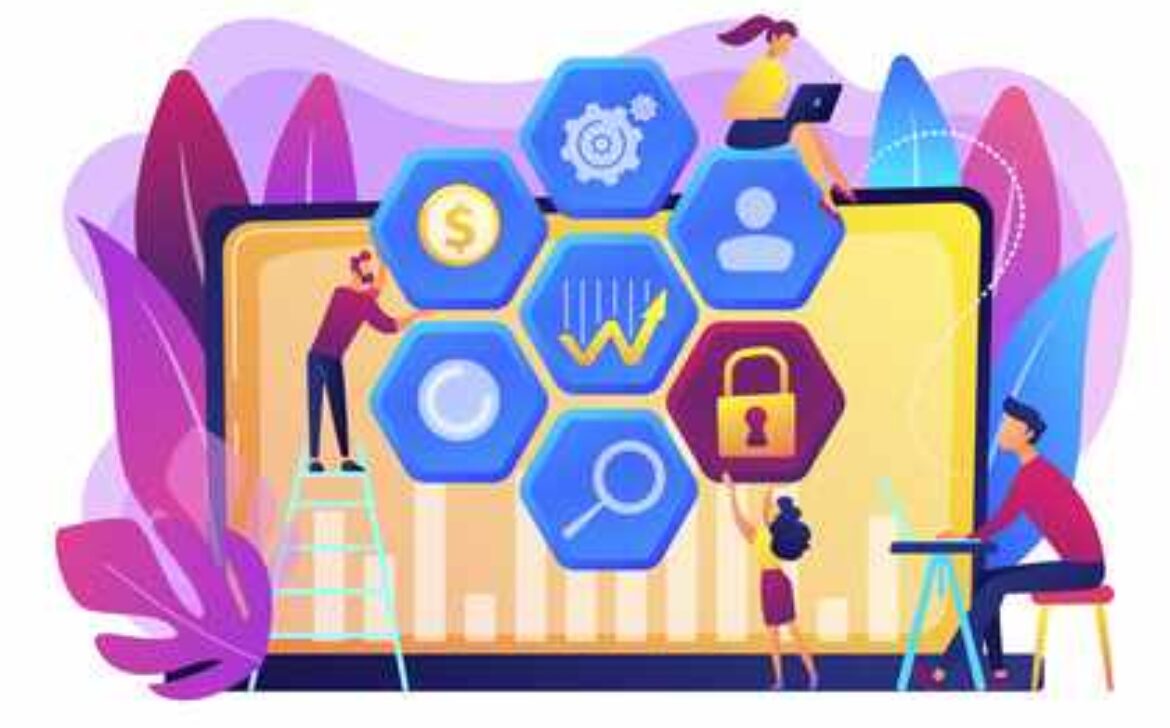The Role of Technology in Education: Enhancing Teaching and Learning

Introduction:
Technology has become an integral part of our lives, transforming various sectors, including education. In today’s digital age, technology plays a crucial role in shaping the way we learn, teach, and engage with knowledge. From interactive tools to online resources, technology has opened up new avenues for educators and learners alike. In this blog post, we will explore the diverse and significant role of technology in education, highlighting its impact on teaching methods, student engagement, and the future of learning.
- Enhancing Teaching and Instruction:
Technology has revolutionized teaching methods by providing educators with a wide range of tools and resources. Interactive whiteboards, multimedia presentations, and educational software facilitate dynamic and engaging lessons. Online platforms and learning management systems (LMS) enable teachers to organize and deliver course materials efficiently. With digital platforms, educators can create and share instructional content, collaborate with colleagues, and track student progress effectively. Technology empowers teachers to create interactive and customized learning experiences, catering to the diverse needs of students.
- Expanding Access to Education:
One of the most significant impacts of technology in education is the expansion of access to learning. Online courses, virtual classrooms, and open educational resources (OER) have made education accessible to individuals regardless of their geographical location or socioeconomic background. E-learning platforms enable students to pursue education at their own pace and schedule, eliminating barriers such as distance or time constraints. Technology has democratized education, providing opportunities for lifelong learning and skill development.
- Facilitating Personalized Learning:
Technology has paved the way for personalized learning experiences, tailoring education to individual student needs and interests. Adaptive learning systems use data analytics and artificial intelligence algorithms to assess student performance, identify knowledge gaps, and deliver targeted content and interventions. Personalized learning platforms enable students to learn at their own pace, revisit challenging concepts, and explore additional resources. By providing differentiated instruction, technology promotes student engagement and academic success.
- Encouraging Collaboration and Communication:
Technology promotes collaboration and communication among students, educators, and peers. Online discussion forums, video conferencing tools, and collaborative platforms facilitate virtual teamwork and knowledge sharing. Students can engage in group projects, share ideas, and provide feedback, irrespective of physical proximity. Technology fosters a sense of community and enhances social learning, preparing students for collaborative work environments in the digital age.
- Enriching Learning Resources:
Technology has enriched learning resources, providing access to a vast repository of information and multimedia content. The internet offers a wealth of educational websites, digital libraries, and online databases, enabling students to explore diverse subjects and perspectives. E-books, interactive simulations, and multimedia presentations enhance understanding and make learning more engaging. Technology empowers students to research, critically evaluate information, and develop digital literacy skills essential in the information age.
- Fostering Innovation and Creativity:
Technology fosters innovation and creativity by providing students with tools to express their ideas and develop problem-solving skills. Digital creativity tools, coding platforms, and robotics kits inspire students to think critically, experiment, and create. Technology enables students to explore new avenues of expression through multimedia projects, digital storytelling, and artistic endeavors. By integrating technology into the curriculum, educators can nurture innovation, entrepreneurship, and digital literacy skills.
Conclusion:
Technology has transformed education by enhancing teaching methods, expanding access to learning, and fostering personalized, collaborative, and creative experiences. As we embrace the digital era, it is essential for educators and institutions to leverage technology effectively, keeping pace with the evolving needs and expectations of students. By harnessing the power of technology, education can become more inclusive, engaging, and impactful, preparing students for success in a rapidly changing world.































